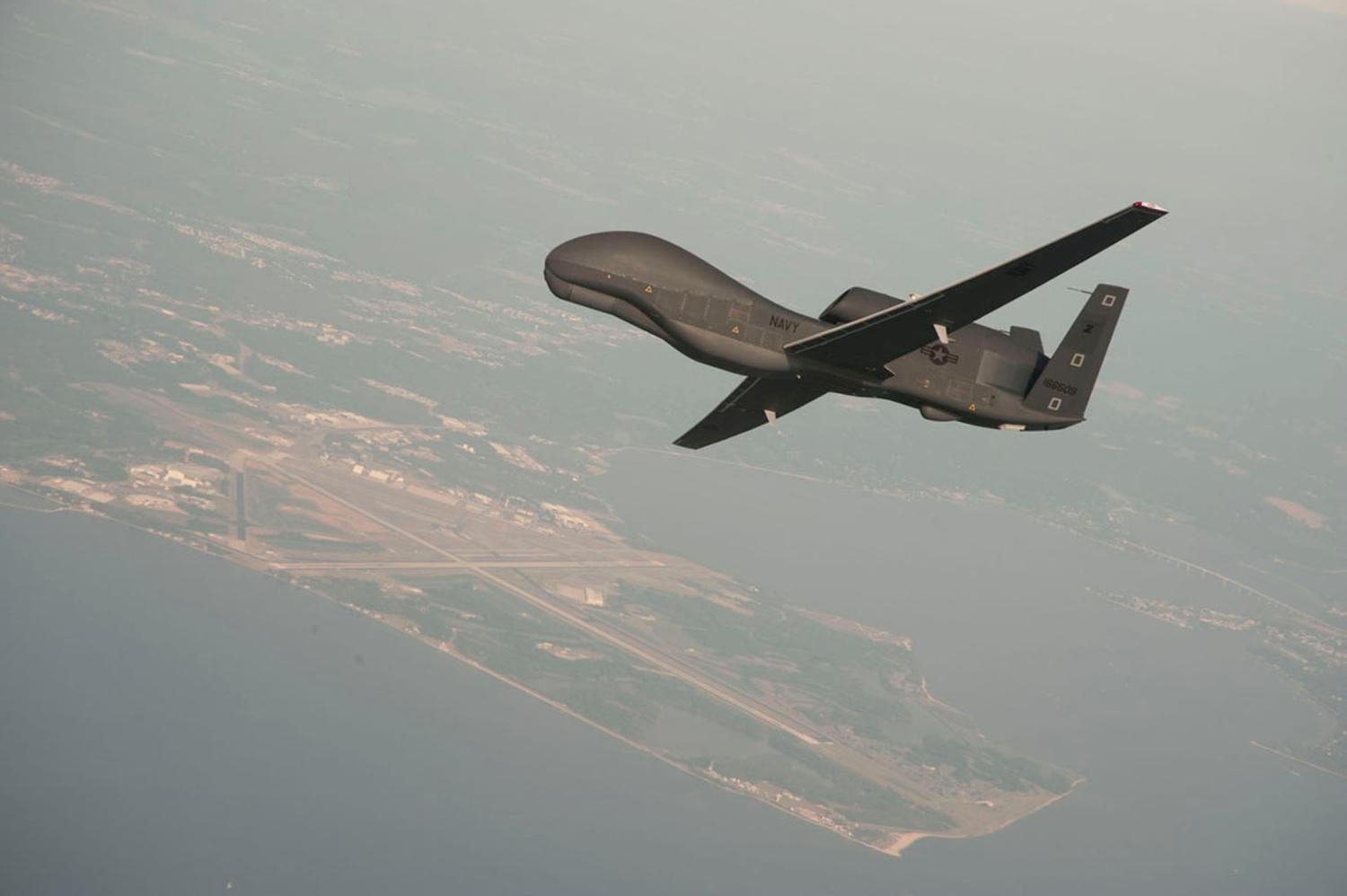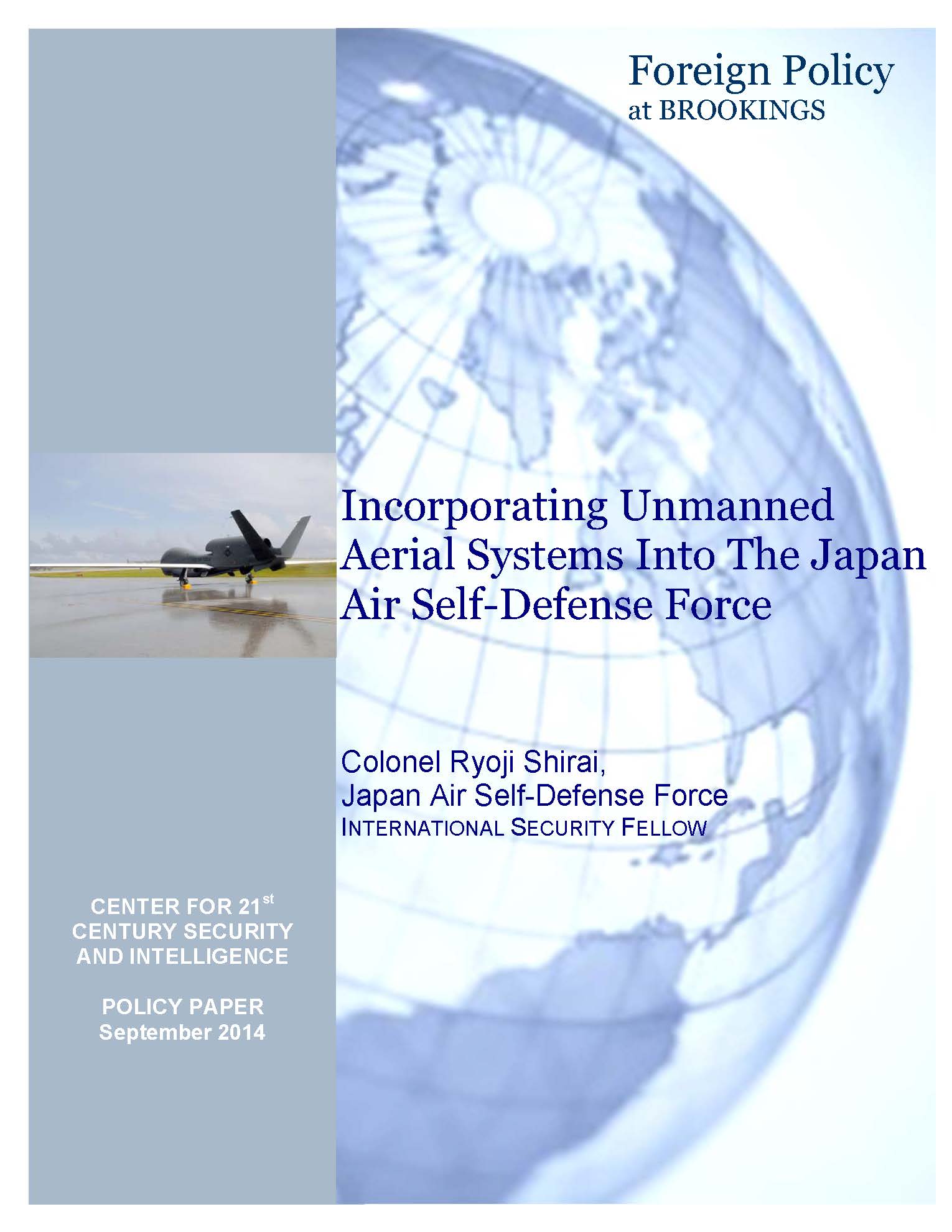This paper seeks to provide military policy makers and planners with constructive suggestions for the acquisition of unmanned aerial systems (UAS) given the regional strategic environment in East Asia and Japanese military culture. The strategic environment around Japan in particular has grown more complicated with the rapid expansion of military activity in the sea and airspace surrounding Japan, including incursions into Japanese territory.
Three key concepts related to doctrine, leadership and culture in Japan’s military:
- It is critical that the doctrine highlight the need to adapt to increased missions without extra cost and overloads. When formulating unmanned aerial vehicle (UAV) doctrine, Japan must include an operational concept for the future mission and alternative plans for delayed modernization programs. An autonomously controlled UAV, such as an unmanned combat aerial vehicle, could compensate for conventional air power.
- In order to implement UAVs effectively, leaders must be fluent in UAV capabilities and have a future vision for UAV contributions to war. The Japan Air Self-Defense Force (JASDF) also needs to create a new UAV culture. All JASDF members should learn about UAVs to help eliminate prejudices against them. The Japanese military should create a joint operations research team for UAVs in the Joint Chiefs of Staff, cooperate with the Joint UAS Center of Excellence to learn from U.S. military expertise and enhance interoperability.
- The JASDF should expand UAV culture outside their organization in order to execute intelligence, surveillance and reconnaissance missions efficiently with allied forces. NATO already has similar kinds of organizations, known as the Joint Capability Group for Intelligence, Surveillance and Reconnaissance and the Joint Capability Group UAV.




